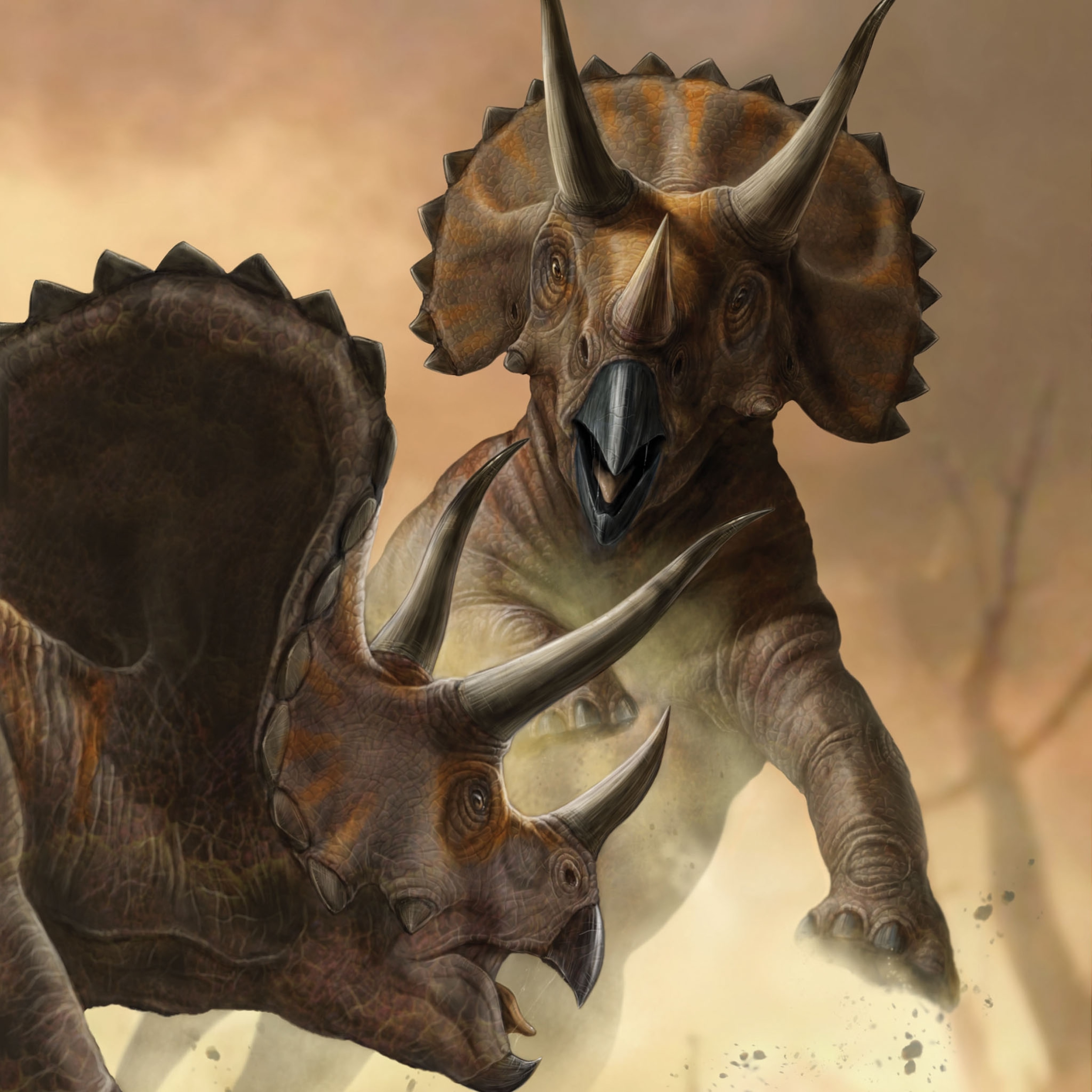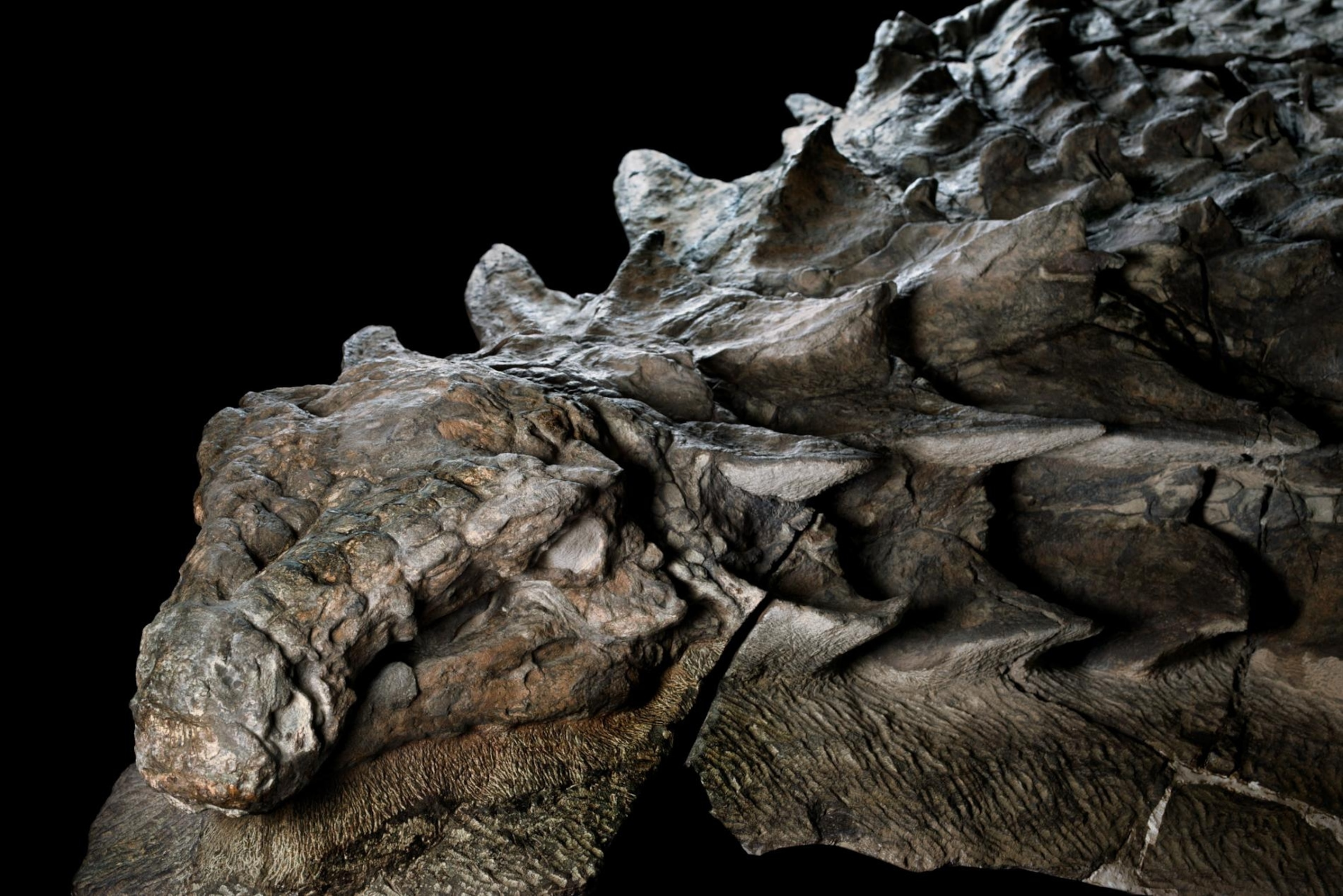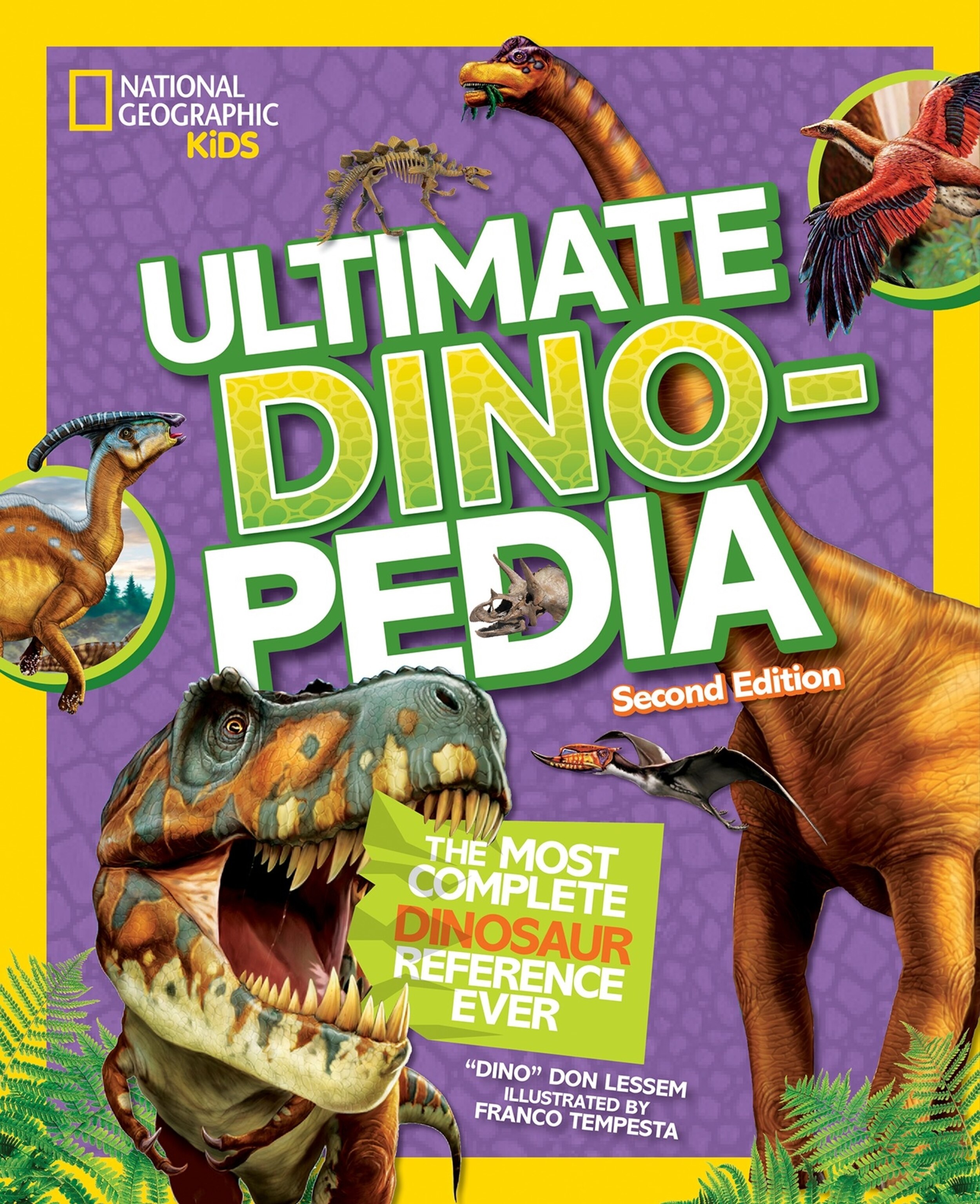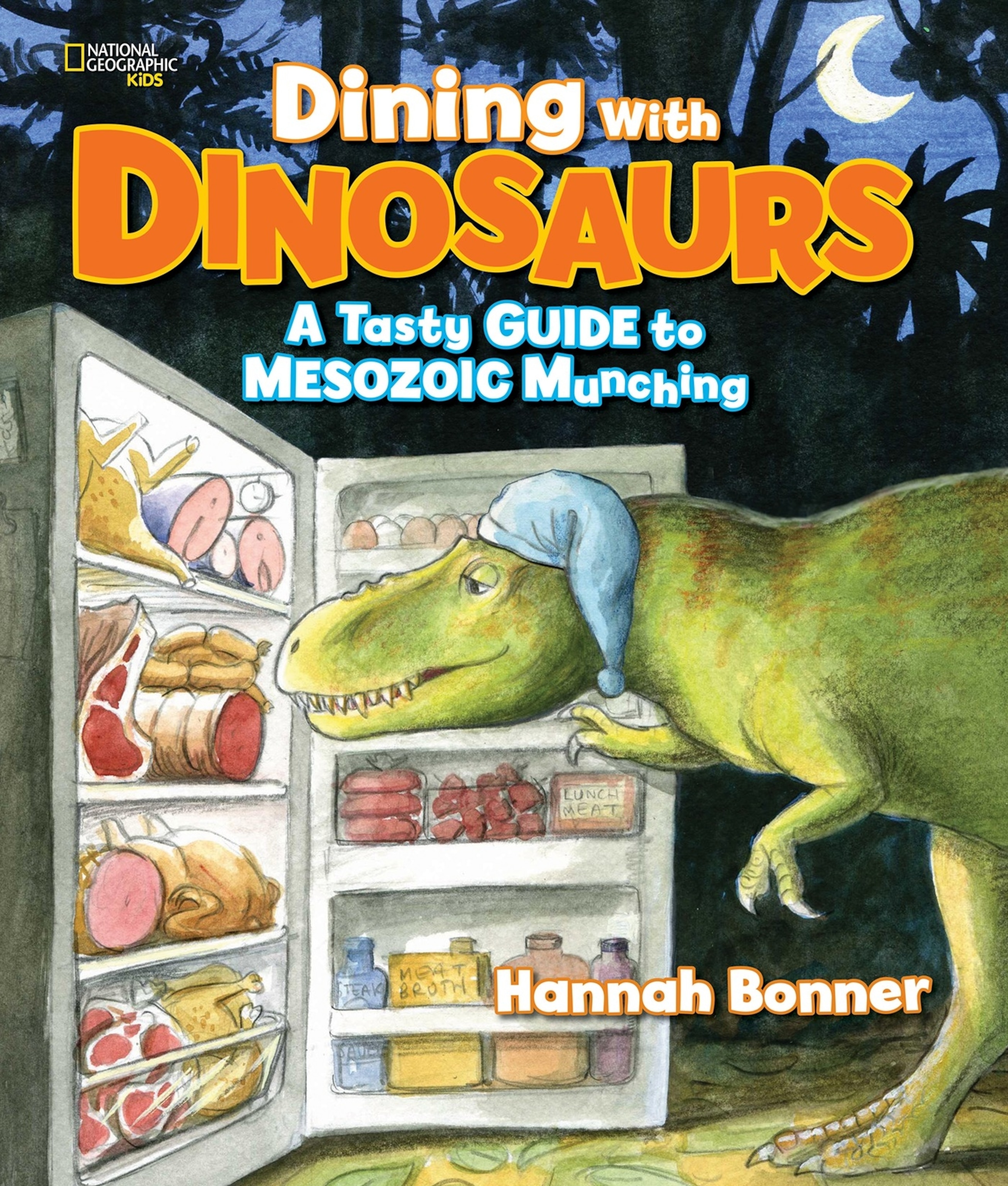
Our Love Affair With Dinosaurs
Why are we so obsessed with these extinct animals?
The film Jurassic Park, based on Michael Crichton’s novel and directed by Steven Spielberg, released in 1993 to mixed critical reception. But to the moviegoers of the era, it was the must-see movie of the summer. The original Jurassic Park alone grossed over $1 billion worldwide, proving that dinosaurs hold a special place in the hearts of the public.
It is no coincidence that the two and a half decades since the first release of Jurassic Park have been one of the most productive periods for the field of paleontology. The movie and the dino-mania it spawned, including three sequels, several video games, numerous toys, and countless merchandise, inspired a whole generation of fossil fanatics—as well as the funding to keep them employed.

What is it about dinosaurs that enchants us? Is it the joy of searching for and finding a long-dead creature? Is it the thrill of seeing forgotten species uncovered before our very eyes? Could it be the tragedy of a world lost? Or is it the terror inspired by an animal higher on the food chain?
For most of us, the fascination starts when we are introduced to the concept of dinosaurs as children, either at home or in school. “If you could quantify the mental power involved in all the dinosaur names correctly known and correctly spelled by five-year-old kids in America,” science writer and paleontologist Stephen Jay Gould told Mother Jones, “you could move any mountain on earth.” Child psychologist Sheldon White explained the appeal of dinosaurs in just three words: big, fierce, and extinct.
For dino-obsessed kids and adults alike, there is no shortage of dinosaur revelations to ponder. In fact, from the mid-1980s to the mid-1990s, the scientific community announced an average of 15 new dinosaur species a year. In 2014 alone, a new species was announced almost every week. Besides the influence of the Jurassic Park franchise, paleontologists offer several explanations for this increase. Improved technology for finding bones and scanning samples has made it possible to publish findings faster. And many of the new discoveries are happening in places that previously had limited access, like China and Mongolia, and little-explored regions in South America and Africa.

In just the last two years, scientists have disclosed a wealth of remarkable findings. From the fossil found by miners in Canada that looks like a sleeping dragon to the evidence that some species of bird-like dinosaurs roosted together to sleep, from the discovery of the first winged mammal of the Jurassic period to the unveiling of the most diverse assemblage of dinosaur tracks in the world, the fascinating discoveries continue to pile up.
With all this new information, how is the average dino-curious kid to keep up? “There are many local areas where dinosaur bones have been found. Go to one near you and you can learn a lot that way,” recommends Priyanka Lamichhane, Senior Editor at National Geographic Kids Books. “Of course, reading the latest and most updated books is another great way to learn more about dinosaurs.”

Lamichhane works with a team to create books like National Geographic Ultimate Dinopedia, Second Edition, which includes all the latest species and is the most complete, up-to-date dinosaur reference available for kids ages 8 to ten. With illustrations by Franco Tempesta, Ultimate Dinopedia profiles ten newly discovered dinosaurs as well as all the old stand-bys.

Younger kids (ages 4 to 8) will find National Geographic Little Kids First Big Book of Dinosaurs more their speed. Bursting with fun facts and age-appropriate information, each spread in the book features a different dinosaur, along with simple text in big type that is perfect for little kids.

Dining With Dinosaurs, written and illustrated by Hannah Bonner, details the culinary life of your favorite dinosaurs. Bonner also brings her whimsical art and humor to When Fish Got Feet, When Bugs Got Big, and When Dinos Dawned, a compilation of her award-winning series about prehistoric life.
And of course, you can always find the latest dinosaur news at nationalgeographic.com.